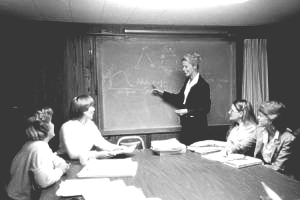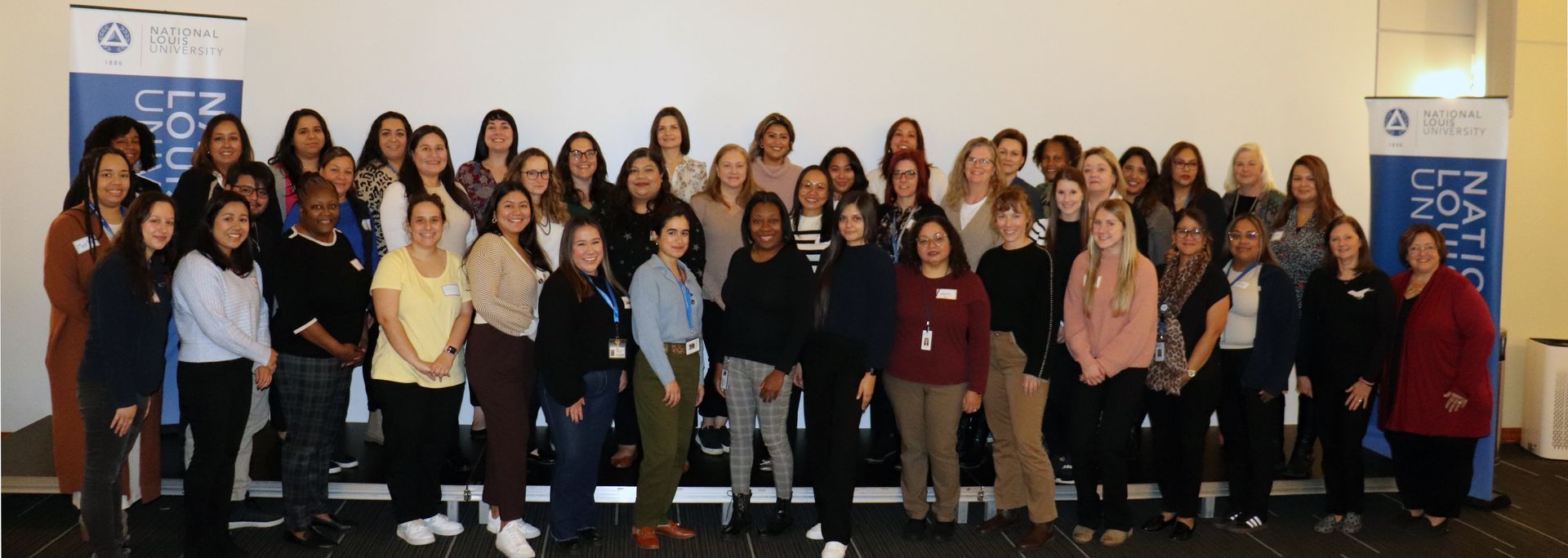By By Leslie Layman
•
November 12, 2025
BY LESLIE LAYMAN Introduction: Building on Intentional Design In part one of this “Scaffolded Beginnings” series , Emilie Austin, McCormick Institute for Early Childhood’s Manager of Learning Design Experience, spoke to the importance of intentional design and scaffolding to support new employees in deepening their learning during orientation. This second part of the series covers the importance of operational leadership in helping that learning to “stick” so that employees can successfully apply skills learned in orientation to their new roles. Many organizations structure orientation as a “big day” of meeting people, reviewing handbooks and procedures, and maybe sharing coffee and sweets. On that day, new employees are taking on a new role, expectations, and culture while trying to understand and memorize functional processes and procedures. Going beyond the big day by applying intentional environmental design and contextual, participatory learning theory in your day-to-day helps your employees own and grow into their place in your organization’s culture. Applying a Reggio-Inspired Approach to Onboarding Intentional leaders are responsible for both the administrative leadership of the workplace environment and the strategic leadership and guidance of the organization. Both areas are involved in scaffolding new employees from understanding what they have learned during orientation to applying that information in their new role throughout and beyond the onboarding and training process (Talan, Masterson, & Bella). Loris Malaguzzi’s Reggio approach to early childhood education is a useful framework for thinking of and planning for new employees as learners and participants in the environment, as well as educators and carers of children and families. “To make a lovable school, industrious, inventive, liveable, documentable and communicable, a place of research, learning, re-cognition and reflection, where children, teachers and families feel well - is our point of arrival.” -Loris Malaguzzi (Sourced from: Institutionzione del Comune di Reggio Emilia ) Each of the Reggio Values can be used to create a shared learning space where educators and children can thrive. A few examples include: Children are active protagonists in their growing processes And so are adult learners! Find ways to make new employees the “lead” in the story of their onboarding. New employees can participate in individualized goal setting to help them feel in control of their professional development. Progettazione/Designing People of all ages learn by doing. Support new employees to participate in designing training and learning experiences rather than providing only pre-planned or scripted training. The Hundred Languages People bring all of themselves, their experiences, and their ways of being to learning and work environments, and they gain new knowledge through active co-construction. Integrating learning experiences into the work environment can help training become more memorable and easier to apply. One example is implementing training on technology or documentation tools as they are being used in context. Participation New employees need opportunities to participate in the environment as they are learning and to experience the emotions and culture of the role. Observation time is important, and being an active team member early on is also important. Organization and the Environment Intentional planning of the way in which employees will interact with the space makes learning more fluid. Some ideas include: making sure that the resources needed for tasks are in functional locations, having deadlines for documentation or responding to family communications built into the daily schedule, and modeling intentional care for children by demonstrating deliberate care for the space. Thoughtfully organize adult materials and create a welcoming, inviting environment for adults and children. Leadership Insight: Apply what you know about Learning and environments The same principles of guiding the learning and independence of children in the educational environment can be applied when helping new staff to move beyond understanding their role to actively embodying their role on your early care and education team. This process can be applied using the early education and care philosophies that are most important to you and relevant to your leadership context. Reflecting on the philosophical and curricular choices you have made for your program and why you chose them can help you think about how you may want to apply those approaches for adult learning. This strategy works because it is integrated and intentional, and it builds skills by modeling skills in the “real world” context to make them stick. Resources for Further Exploration Scuole E Nindi D’Infanzia, Institutionzione del Comune di Reggio Emilia. (N.D). Reggio Emelia Approach. Reggiochildren.it, https://www.reggiochildren.it/en/reggio-emilia-approach/ Beirmeier, M. (2015). Inspired by Reggio Emilia: Emergent Curriculum in Relationship-Driven Learning Environments. Young Children, 70(5), https://www.naeyc.org/resources/pubs/yc/nov2015/emergent-curriculum Schlieber, M. & McLean, C. (2020). Educator Work Environments Are Children’s Learning Environments: How and Why They Should Be Improved. Sequel, January 21, 2020. https://cscce.berkeley.edu/blog/educator-work-environments-are-childrens-learning-environments-how-and-why-they-should-be-improved/ Citations Scuole E Nindi D’Infanzia, Institutionzione del Comune di Reggio Emilia. (N.D). Values. Reggiochildren.it, https://www.reggiochildren.it/en/reggio-emilia-approach/ Talan, T., Masterson, M., & Bella, J. (2023, April 4). Whole leadership: A framework for early childhood programs – 2023. Whole Leadership: A Framework for Early Childhood Programs – 2023 | McCormick Center for Early Childhood Leadership.







